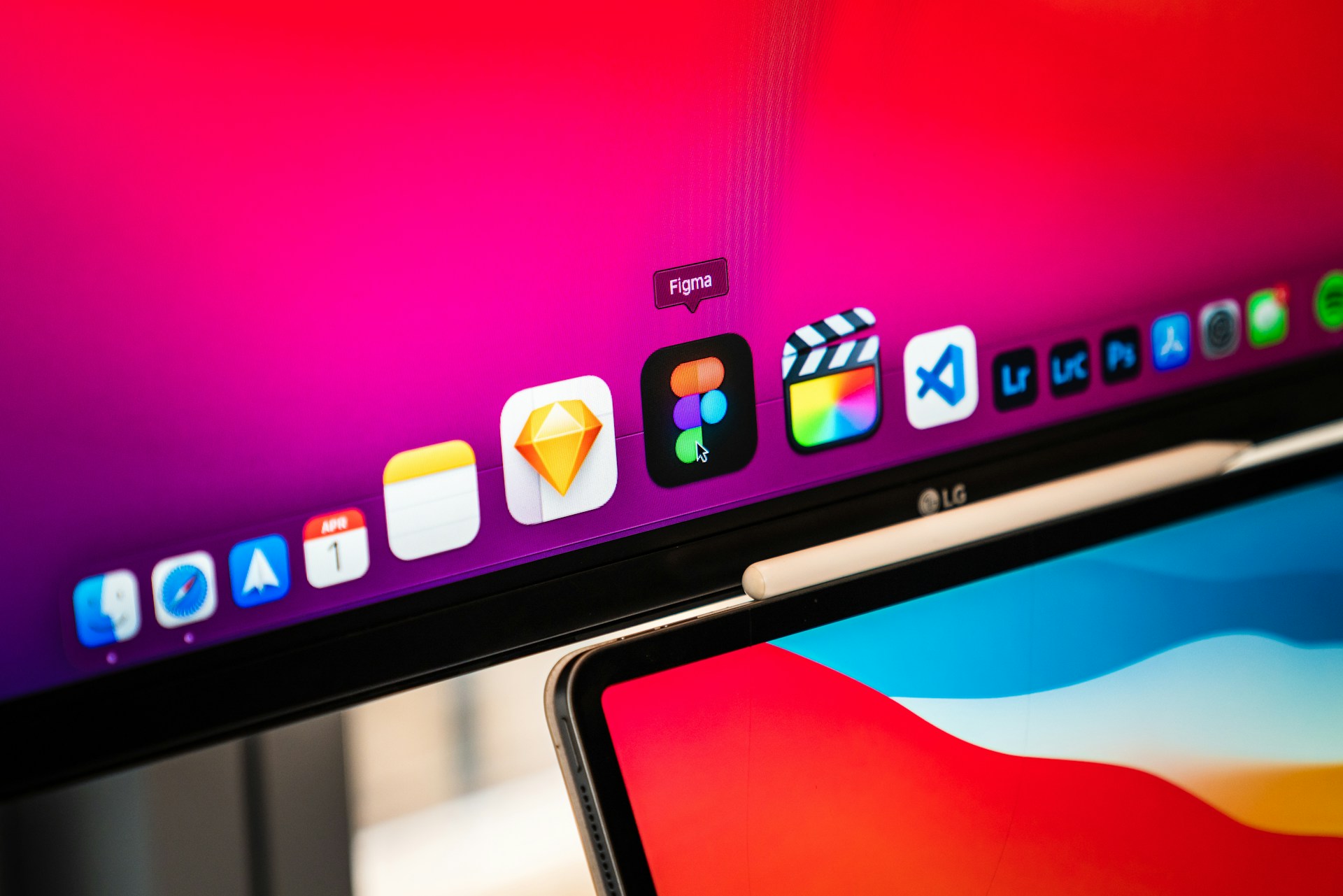First impressions crystallize in milliseconds. For SaaS, that quantum of time crowns victors or sinks products. Interfaces dictate whether a trial converts or a prospect departs. Competition multiplies weekly, and capital is impatient. Investors scan retention curves; users compare polish. Exceptional user experience becomes the obvious differentiator.
This article explores ten SaaS applications that mastered interface craft and behavioral nuance. Each example demonstrates a specific technique — from guided onboarding to predictive search. Practical takeaways follow every story. SaaS founders gain strategic cues. SaaS developers, product managers, and growth leads see how thoughtful micro-interactions accelerate revenue. If you’re evaluating top-performing firms in the field, these https://limeup.io/blog/saas-development-companies/ offer a helpful benchmark. The discussion begins with core definitions and finishes with actionable heuristics. Watch for single-click flows, anticipatory microcopy, and personalized dashboards that whisper insight. Absorb, adapt, outperform. The advantage accrues to the meticulous.
Why UI/UX Is Crucial in SaaS: Insights from a Leading SaaS Development Company
Definition Matters
Interface covers typography, iconography, spacing, and motion. Experience captures flow, cognitive load, and emotion.
Commercial Impact
Dashboards that load instantaneously shrink churn. Misaligned forms halve conversion. Every pixel earns — or burns — recurring revenue.
Inside a Design Process
A seasoned saas development company begins with heatmaps, funnel leaks, and ticket analysis. Designers prototype swiftly; engineers instrument every change. Payback surfaces in minutes.
User-Centric Advantage
Competitors can clone features yet fail to replicate visceral satisfaction. Progressive disclosure prevents overload. Dark-mode palettes respect circadian rhythm and extend sessions.
Micro-copy steers behavior. Skeleton screens mask latency, sustaining perceived speed. Accessibility audits widen markets. Localization lifts international revenue.
Governance cements gains: design tokens synchronize color and spacing, while automated visual tests block regressions. Pattern libraries and metrics close the loop; support costs fall and NPS rises. Design is an investment, not ornamentation.
UI/UX That Works: 10 SaaS Software Development Company Projects That Set the Standard
Exceptional examples clarify theory. The following ten projects—each refined by a saas software development company obsessed with craft — showcase principles that raise retention, activation, or MRR.
Notion – Expandable Workspace
Notion merges documents, tasks, and databases. Progressive layering, helpful empty states, and a near-cursor menubar curb effort. Keyboard shortcuts mirror native apps. Challenge: breadth without intimidation. Layered complexity solved it and fueled viral adoption.
Slack – Focused Conversations
Slack reduces messaging entropy. Collapsing inactive channels and hover-activated controls keep chrome thin. Threaded replies preserve chronology. Challenge: thousands of channels. Adaptive grouping and lightning search sustain clarity and daily use.
Figma – Real-Time Collaboration
Figma brings multiplayer editing to design. Live cursors and avatar chat humanize distance. Gamified onboarding teaches core gestures in minutes. Challenge: remote collaboration felt abstract. Browser access and instant presence made teamwork tangible.
Airtable – Databases for Everyone
Airtable disguises relational power as vivid grids. View switcher flips to Kanban or Gantt with zero schema tweaks. Drag-and-drop automation invites non-technical staff. Challenge: databases scare newcomers. Candy colors and a template gallery lowered fear and spiked workspace creation.
Intercom – Conversational Support
Intercom unites chat, help center, and tours. Support launcher sits unobtrusively yet omnipresent. ML-driven article hints deflect 30 % of tickets. Challenge: scale support without alien robots. Friendly avatars and warm microcopy preserve humanity while automation absorbs volume.
Shopify – Pace and Confidence
Shopify’s admin favors speed. Skeleton screens cut perceived wait. Inline storefront editing ends context switching. Challenge: serve novices and enterprises. Graduated layers satisfy both and propel GMV growth.
Grammarly – Gentle Guidance
Grammarly embeds in any web input. Severity-coded underlines guide attention. Sidebar scorecard quantifies clarity and tone. Weekly digests reinforce habits. Challenge: correct without bruising ego. Friendly wording and blur previews keep suggestions motivational.
Zoom – Effortless Entry
Zoom simplifies joining meetings. One URL chooses native app, web, or phone dial-in automatically. Audio indicators reveal mic issues early. Challenge: reliability across bandwidths. Adaptive codecs and a minimalist interface maintain stability on rural networks.
Calendly – Frictionless Scheduling
Calendly turns email ping-pong into a single link. High-contrast availability and automatic time-zone detection avert mishaps. Payment integration monetizes slots instantly. Challenge: seem polite, not presumptuous. Minimal visuals and buffer options show respect.
Trello – Visual Task Flow
Trello popularized drag-and-drop Kanban. Cards reveal details only when expanded. Butler automation proposes rules from patterns, saving clicks. Challenge: avoid overwhelming first-time users. A friendly color palette and plus-button onboarding invite experimentation.
These cases share DNA. Clear hierarchies, instant feedback, and forgiving error states win trust. Growth stems from disciplined iteration. The takeaway for saas software development companies is simple: embed designers beside engineers, measure experience like uptime, and guard polish each sprint. Accessibility and localization appear early. Teams test prototypes with real users within days. Consistency across desktop and mobile reduces support tickets. Small details compound into decisive advantage.
What SaaS Product Development Companies Can Learn from These Examples
Data from the ten products reveals repeatable patterns.
Pattern 1 – Relentless Research
Interviews, recordings, and NPS scores precede scoping. Surveys alone mislead; observation uncovers silent struggle.
Pattern 2 – Radical Simplicity
Interfaces surface only the needed controls. Hidden complexity emerges on demand. Minimalist surfaces accelerate mobile rendering and lighten cognitive burden.
Pattern 3 – Rapid Iteration
Weekly increments expose edge cases early. Dashboards watch activation and support load. Dark-launch toggles enable instant rollback.
Pattern 4 – Cross-Functional Squads
Engineers, writers, and psychologists sit with designers. A saas product development company using this model shrinks hand-offs. Tight loops spark unexpected solutions.
Pattern 5 – Continuous Learning
Style guides evolve with user behavior. Pattern libraries retire stale components. This living system guards coherence as tools shift.
Action Plan for saas product development companies
- Blend qualitative and quantitative insights every sprint.
- Target one friction hotspot; test two variants.
- Capture successful patterns as reusable tokens.
- Reward teams for pain relief, not feature count.
Adopt these behaviors and retention gains appear within quarters.
Conclusion
Great UI/UX propels SaaS growth. Poor design erodes it just as quickly. The ten projects prove that decluttering screens, iterating fast, and measuring relentlessly move subscription curves faster than marketing spend. SaaS development companies that embed design thinking from day one outpace rivals.
If you run a saas app development company, interrogate every pixel. Map onboarding paths, time API calls, replace vague labels with instructive microcopy, and schedule monthly usability sessions, even when release calendars look packed.
Invest in pattern libraries and automated visual tests. Reward collaboration across squads. The payoff arrives as stickier revenue and smoother feature launches. Start the next sprint with a design retro, not a feature brainstorm. Users — and balance sheets — will notice. Small refinements today secure future margin.




